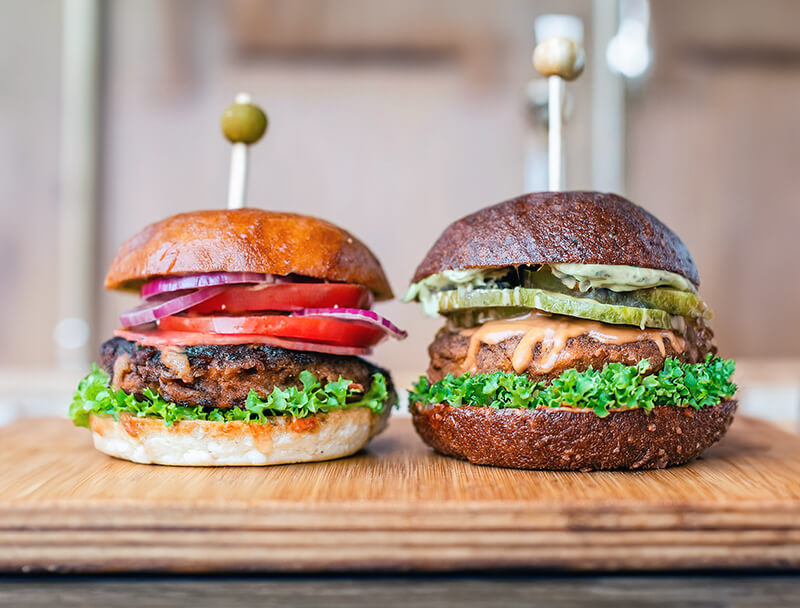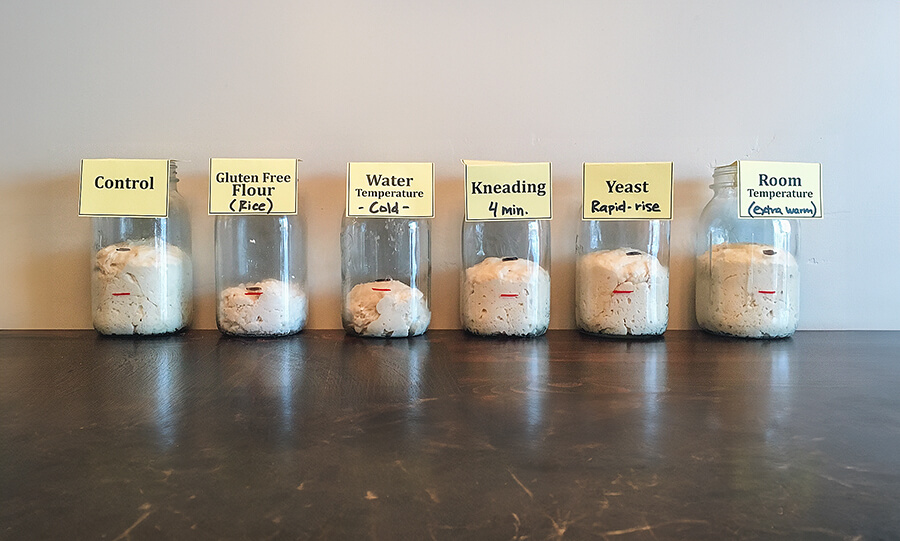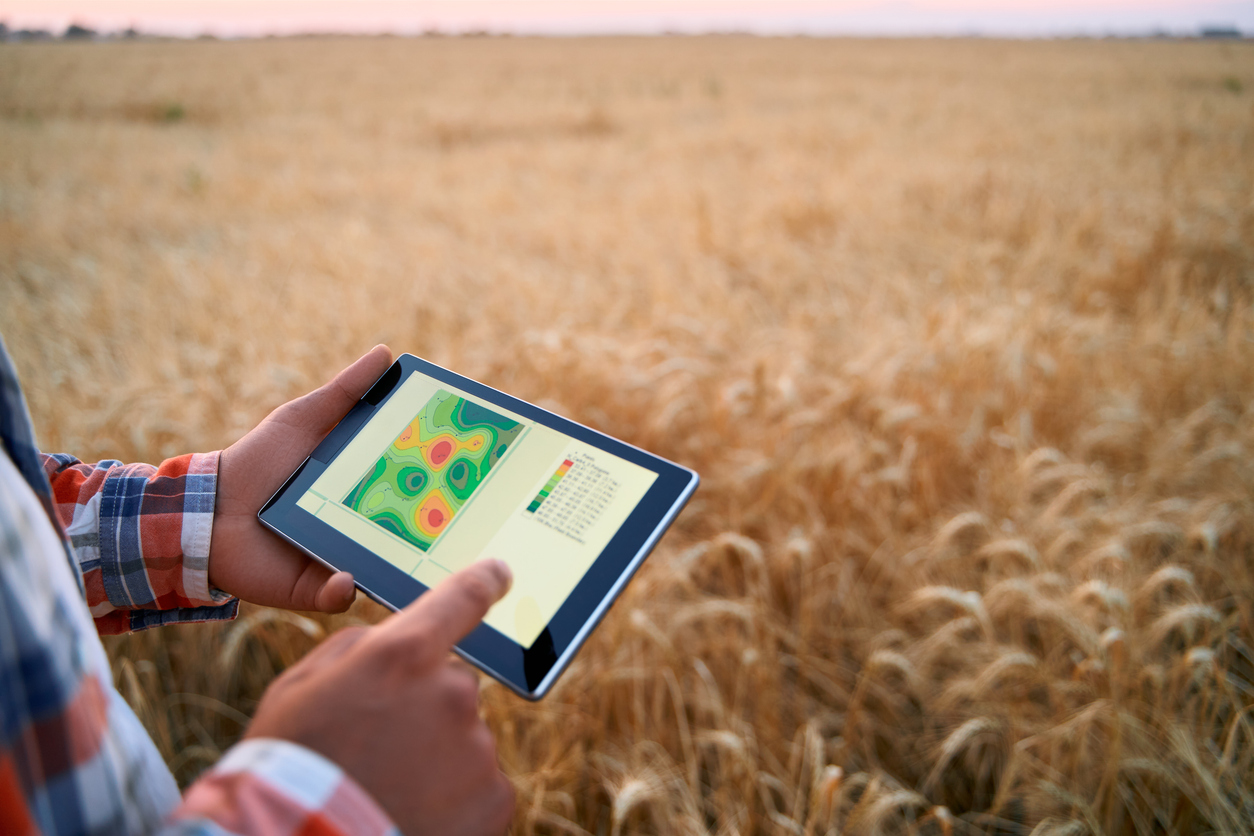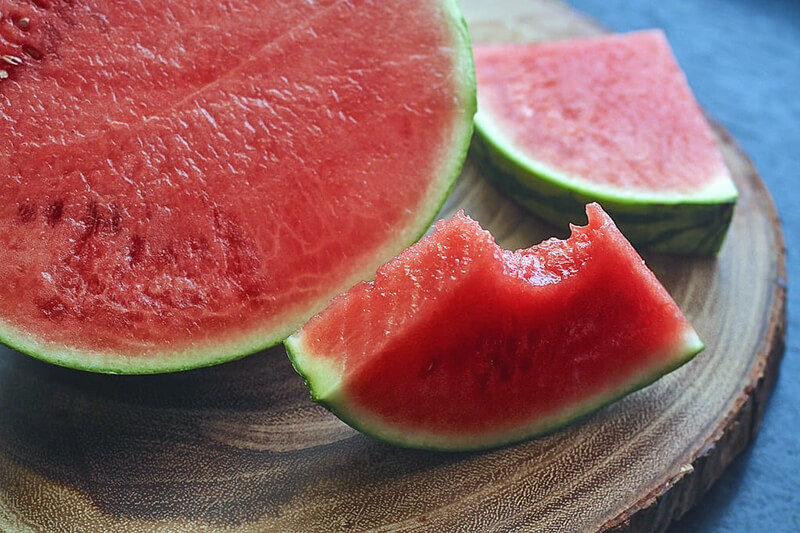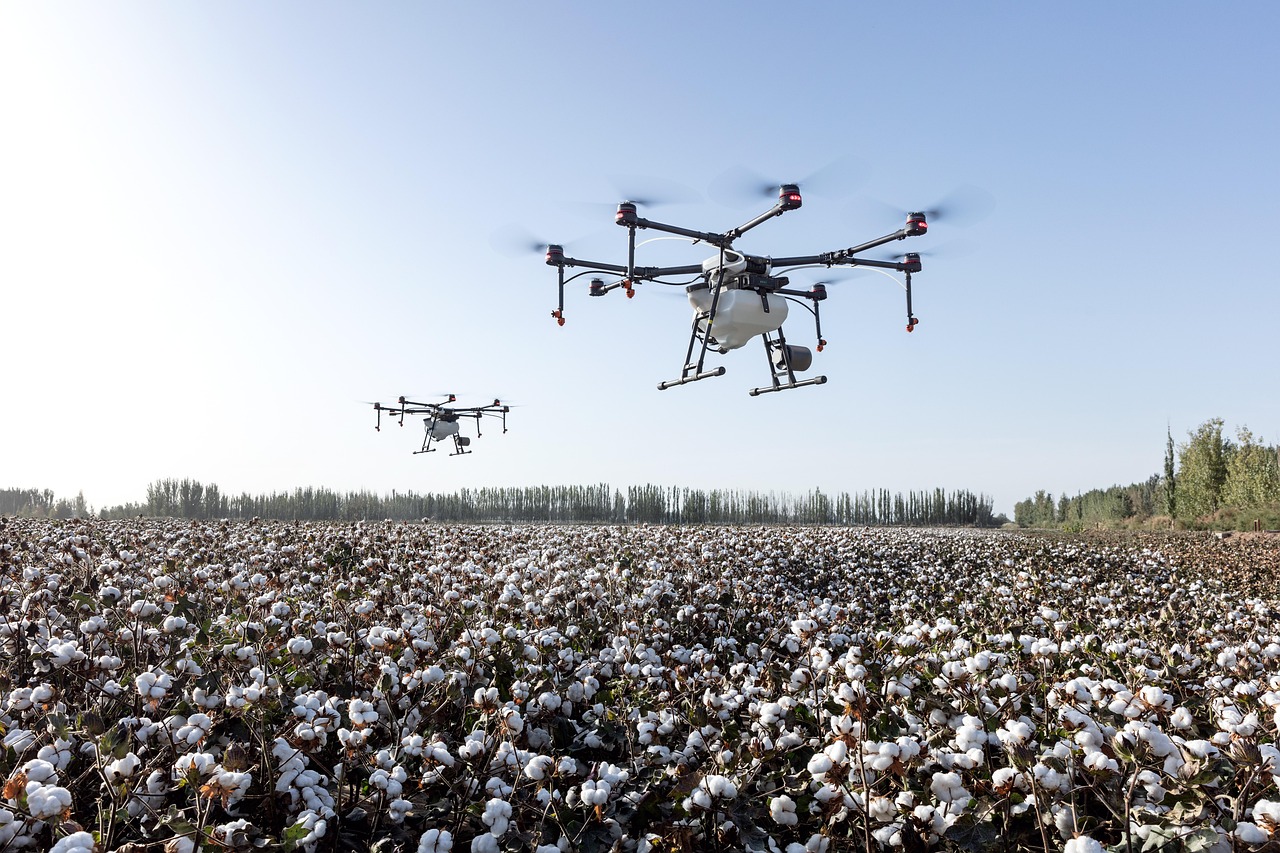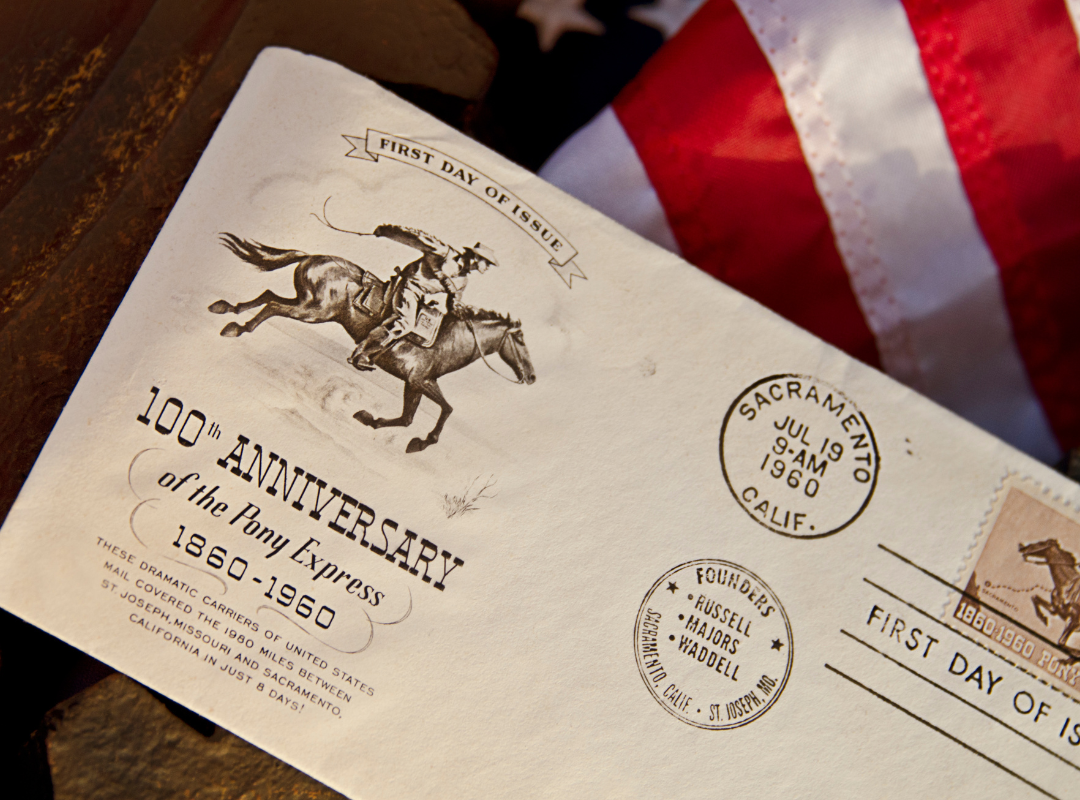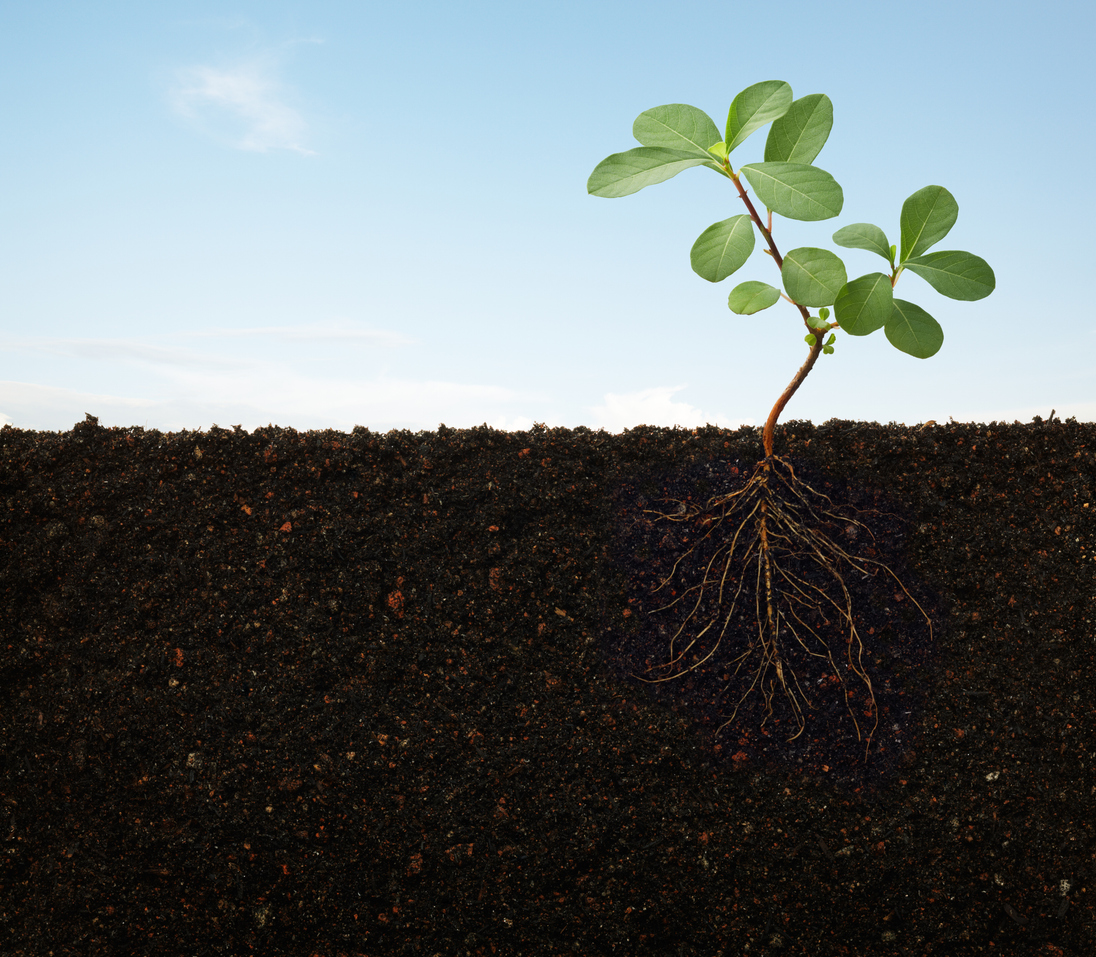
Plant-Soil Interactions (Grades 9-12)
Students will explain the roles of diffusion and active transport in moving nutrients from the soil to the plant, describe the formation of soil and soil horizons; and describe the events in the Great Dust Bowl, how they relate to soil horizons, and how those events affected agricultural practices.
